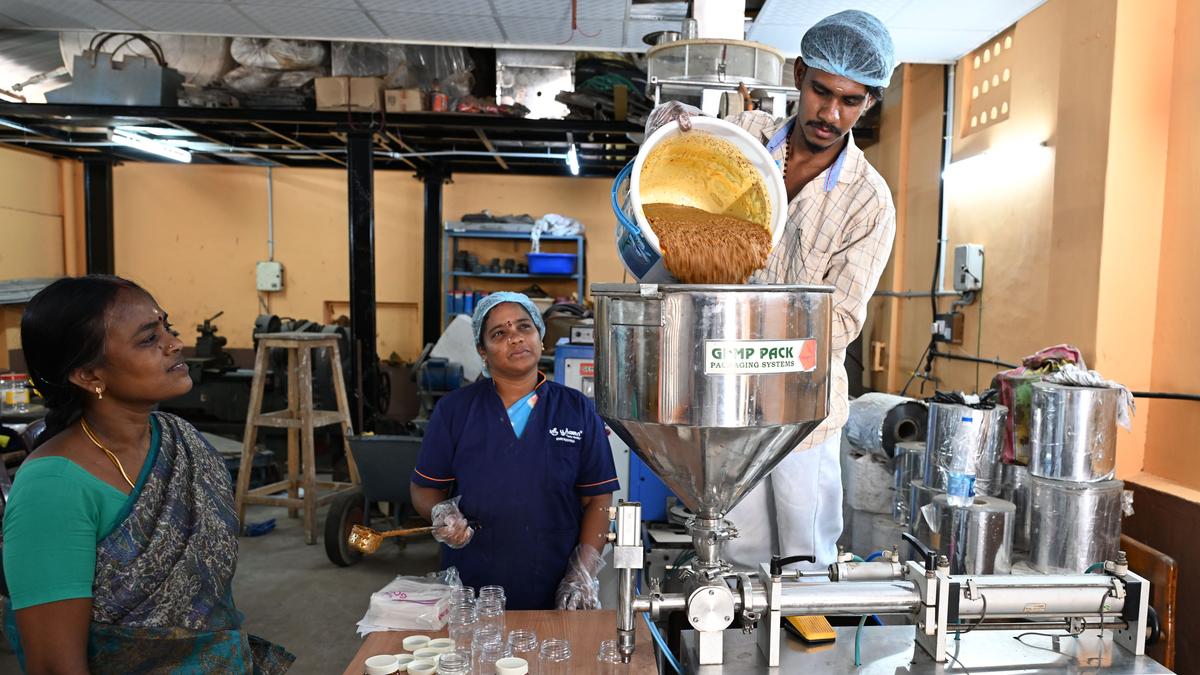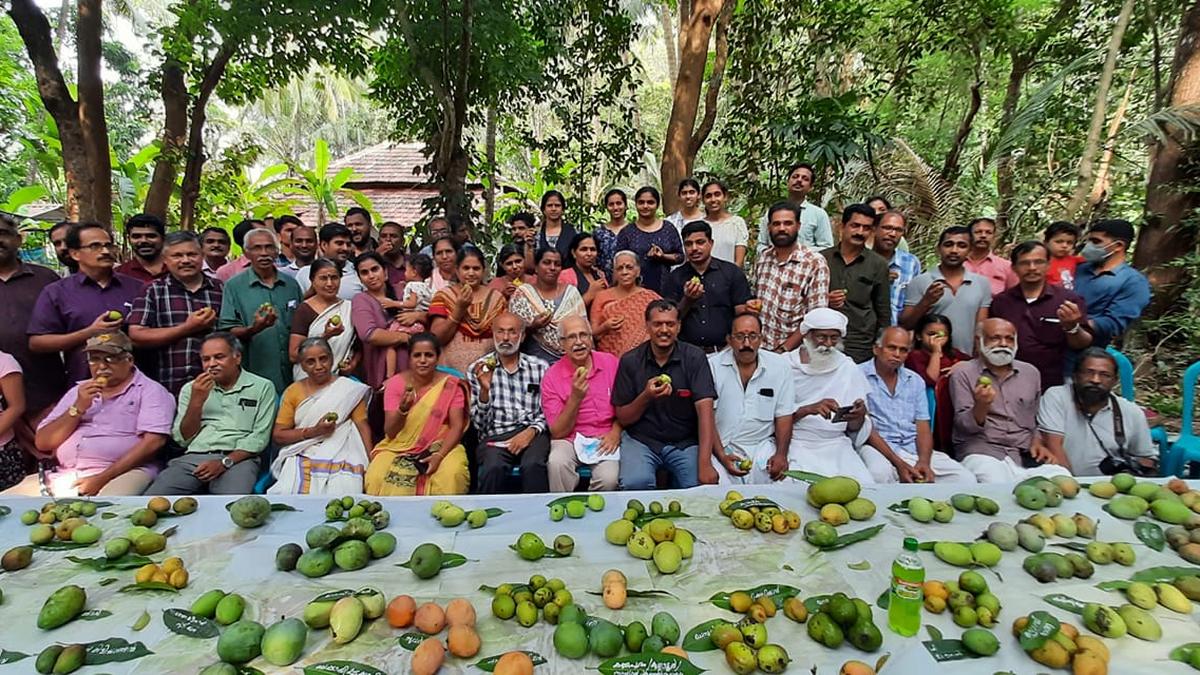
As pet parents seek the best for their dogs, they are buying ‘human-grade’ food that looks like a meal they would eat
Unlike other two-year-olds, Timtim loves broccoli and peas. He starts the day with two boiled eggs, each stuffed with a broccoli floret. His dinner includes a portion of boiled peas. “If my baby doesn’t see the greens, he won’t eat,” laughs Delhi-based software engineer Saurabh Khurana.
When Khurana, 35, adopted Timtim, a Retriever, from an animal shelter in 2022, he was clear that he wanted to feed him nutrient-rich, freshly cooked food. So, he would wake up at 5am and, with the help of his wife, prepare Timtim’s food—a combination of chicken, rice and vegetables. But combined with office workload, it was an exhausting drill.
Early last year, Khurana started to look for brands that serve healthy pet food with “human-grade” ingredients, or made in accordance with regulations for ready-to-eat human food products. Today, Khurana depends on three platforms to deliver food for his dog—sometimes, it is pork and lentils; often, rice, chicken and vegetables, including peas. The food resembles, even almost tastes like, what humans would eat.
“I have tasted all the food that I have ordered. It’s like what we eat, minus the salt and masala,” says Khurana, who spends ₹15,000 on pet food every month, about 10% more compared to when he used to cook at home for Timtim. The dog seems to have adjusted well to the “outside food”. “Why should he eat stinky, packaged food (referring to kibble), when I can afford to give him food that looks like food and keeps him healthy?” says Khurana.
As millennials and Gen Zers reimagine the idea of parenthood, they are ready to spend more time and effort to ensure their beloved pets eat nutritious food, even if it means shelling out more money. Several startups and brands are banking on this visceral urge. From gluten-free to vegan and vegetarian diets, the Indian market is slowly and steadily seeing a rise in pet food that’s seemingly less processed and, in some cases, more closely resembling human food.
According to Statista, the 2024 revenue in the pet food market in India amounts to $640 million (around ₹5,300 crore). It is expected to grow annually by 12.63%, hitting $1.03 billion in the next four years. Globally, the most revenue is generated in the US (over $57 billion in 2023).
While there’s no official data on the growth of “human-grade” pet food in India, a quick search online and in retail stores for bespoke and “holistic” options is enough to give an idea of how serious people are becoming about the wellness of their pets. “Being a pet parent is different from being a human parent. When you are a pet parent, you know that unless something untoward happens, you will outlive your pet,” says Ishmeet Singh Chandiok, a pet parent and chef who has done stints at Hyatt and JW Mariott. He’s the founder of Harley’s Corner, a ready-to-eat premium dog food brand that claims to use human-grade ingredients and zero preservatives to create meals.
Among the dishes Harley’s offers are Goulash ( ₹625 for 900g; to give an idea, a 30kg dog needs 360-450g a meal), a low-fat meal that comprises a blend of sorghum millet, pumpkin seeds, brewer’s yeast, sweet potato, chicken, brown rice, cod liver oil, wheat germ oil, vegetables, algae calcium and seaweed powder; and Wooferole ( ₹800 for 900gm), a “full dietary meal” that combines fish, brown rice, quinoa, pumpkin, algae calcium, and vegetables. My dog and I tried the Goulash. It looked and tasted like chicken khichdi, without salt and spices. My dog finished it in seconds.
“By just changing the food, if I can have my dog live even a year longer, it would be priceless,” says Singh. “This kind of belief is driving the interest in human-grade pet food, besides growing awareness in general around wellness and what you yourself eat and feed your pet.”
Human-grade pet food, in simple words, means food fit enough for human consumption. “Humans can eat it but it’s not recommended since pet food has added vitamins, minerals and supplements that are more suitable for animals,” says Shivangi Raina, a Bengaluru-based veterinarian.
“Companies follow the most stringent rules and regulations when it comes to human food. So, when you claim that you are offering human-grade pet food, it means there’s reduced risk of contamination and better nutrients,” says Raina, who is the product executive manager at Drools Pet Food, a company that offers human-grade food with claims that “real chicken, liver, and eggs keep them (dogs) active, while natural ingredients promote healthy skin and coat”.
A HUMAN LENS
Gone are the days when dogs were only seen as house guards and fed kitchen scraps and kibble made with surplus meats and anything from feet to feathers.
“The pandemic might have accelerated the trend (of ‘humanisation’ of animals), but it’s something that started about a decade ago, when the functionality factor (dogs being house guards) moved to the emotional factor. Animals are no longer just animals,” says Vineet Khanna, co-founder of Supertails, a pet care platform that offers everything from food and clothing to accessories and vet consultations. In 2022, Supertails launched its pet food brand, Henlo, which offers baked food for dogs. The kibble-like offering comes attached with claims of “100% human-grade ingredients” and no use of artificial preservatives, fillers or chemicals. “We are following the slow-cooking process to ensure the flavours and nutrients are well preserved,” says Khanna.
Delayed marriage, later pregnancy, loneliness and increasing stress levels are some of the reasons more people are turning pet parents, and “in many cases, it is their first big responsibility in life, so they want to ensure the best of everything for them,” Khanna says, while explaining the idea behind Henlo.
None of the brands—Harley’s Corner, Supertails and Drools—wished to share revenue figures, though they said they are in expansion mode. Henlo, for instance, is adding more chicken items with flavours like pumpkin and pomegranate. Harley’s is looking to increase options for treats and other chewables. The brands did say that a large section of the clients were in the 18-35 age and from metro cities, with orders trickling in from tier I and II cities like Coonoor, Shillong and Mysuru.
One of the gaps in the market the Supertails team came across was that many people did not like the smell of packaged food for pets. Khanna says they factored this in, so that the food tastes and smells good.
There are, however, no rules when it comes to “human-grade” pet food. “In India, compliance with the pet food standards set by the Bureau of Indian Standards is voluntary,” says Salil Murthy, managing director, Mars Petcare, an 80-year-old American brand that has been in India for two decades. “There is significant opportunity for us to collaborate with the government and industry peers to push for these standards to become mandatory. It is crucial to standardise certain nutrients and their quantities using a scientific rationale. Standardisation would curb the spread of misleading information.”
For now, Khurana is happy to feed Timtim food that resembles what is on his own plate. “It’s not like I am blindly following what the companies are claiming. I am doing my research and seeing the impact it has,” he says. “Timtim is our child. I know what’s best for him.”
Source | Powered by Yes Mom Hosting





